Straight to the Appetite: No-Frills, All-Flavor Showa Retro Gourmet. A Delicious, Nostalgic Taste of Old Japan!
When you think of Japanese food, perhaps sushi, ramen, or tempura come to mind. But there's another, deeply nostalgic and delicious world of cuisine waiting for you in the quiet backstreets and cozy diners of Japan: Showa Retro Gourmet.
The Showa era (1926-1989) represents Japan's golden age of comfort food culture, where traditional kissaten (coffee shops) and family restaurants created dishes that have become legendary among locals and increasingly popular with international visitors. These aren't just meals—they're edible time capsules that transport you directly to Japan's post-war optimism and culinary creativity. This food, often called yoshoku (Western-style Japanese food), was born when Japan fell in love with Western cuisine and adapted it to suit local tastes.
Showa retro gourmet is characterized by its unpretentious, hearty approach to cooking. These dishes prioritize satisfaction over sophistication, offering generous portions and bold flavors that speak directly to your appetite. From the iconic Napolitan pasta that bears no resemblance to Italian cooking, to the whimsical children's lunch plates complete with tiny flags, every dish tells a story of Japan's unique culinary evolution.
For travelers seeking authentic Japanese experiences beyond sushi and ramen, Showa retro dining offers a window into everyday Japanese life, complete with the warm hospitality and nostalgic atmosphere that makes these establishments so beloved.
Forget haute cuisine for a moment. Let's dive into the delicious, no-frills world of Showa Retro Gourmet.
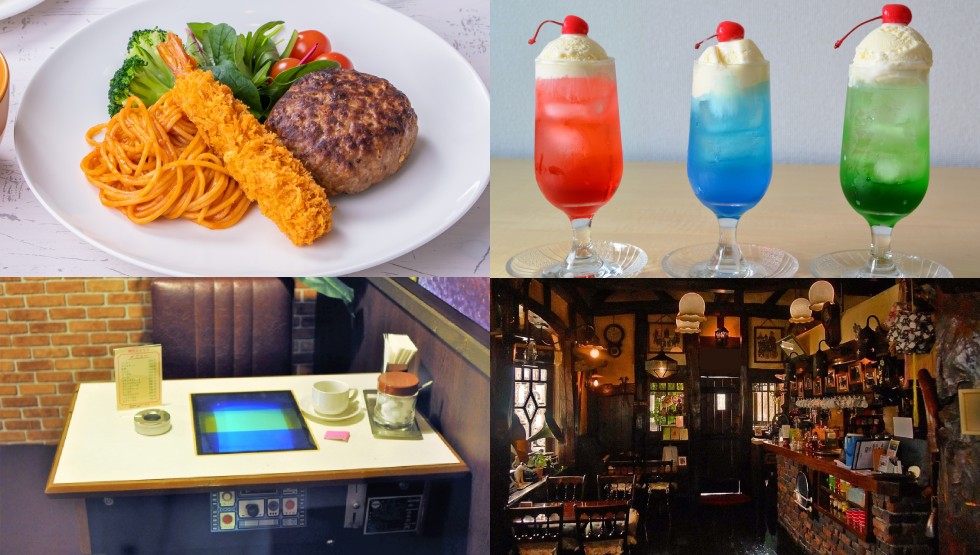
Iconic Showa Retro Dishes
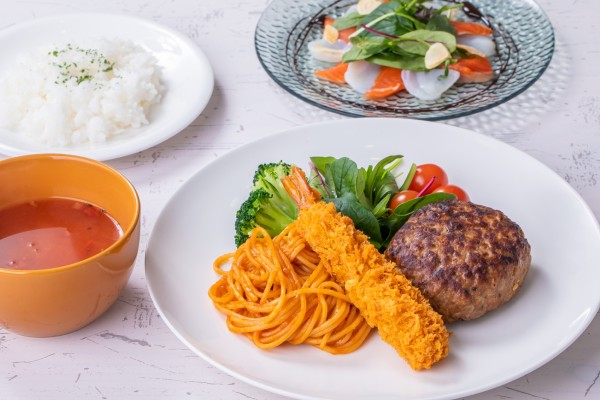
Look for these classics on the menus of old-school coffee shops (kissaten) and family restaurants.
Napolitan (ナポリタン):
This is the king of retro Japanese pasta. Forget Italian authenticity; this is a uniquely Japanese creation. Soft spaghetti is pan-fried with onions, bell peppers, and sausage, all coated in a sweet and
A Japanese-style hamburger steak. This isn't a patty in a bun; it's a thick, juicy ground meat steak served on a plate, often on a sizzling cast-iron skillet. It's typically topped with a rich demi-glace sauce and served with rice. This Western-inspired dish became a Japanese family favorite during the Showa period.
Typically ¥1,000-1,800
Hambāgu (ハンバーグ):
A Japanese-style hamburger steak. This isn't a patty in a bun; it's a thick, juicy ground meat steak served on a plate, often on a sizzling cast-iron skillet. It's typically topped with a rich demi-glace sauce and served with rice. This Western-inspired dish became a Japanese family favorite during the Showa period.
Typically ¥1,000-1,800
Ebi Furai (エビフライ):
Fried shrimp, but elevated to an art form. Large, straight prawns are breaded in crispy panko breadcrumbs and deep-fried to a perfect golden brown. Often served with tartar sauce and a lemon wedge, it’s a crunchy, savory delight. This dish represents Japanese-style comfort food at its finest.
Typically ¥600-1,200
Omurice (オムライス):
A true masterpiece of yoshoku. This dish consists of fried rice (usually with chicken and ketchup) tucked inside a perfectly cooked, fluffy omelet. It's often finished with a drizzle of ketchup or demi-glace sauce. Watching a chef expertly prepare an omurice is a treat in itself. This fusion dish perfectly embodies the creativity of Showa-era cooking, combining Western techniques with Japanese flavors.
Typically ¥800-1,500
Okosama Lunch (お子さまランチ):
The ultimate kid's meal, but so iconic that many adults secretly want one! Served on a fun, sectioned plate (sometimes shaped like a bullet train!), it’s a miniature feast of favorites: a small hambāgu, fried shrimp, Napolitan spaghetti, rice often topped with a small flag, and a sweet jelly for dessert. Popular among adults seeking a fun, varied dining experience.
Typically ¥600-1,200
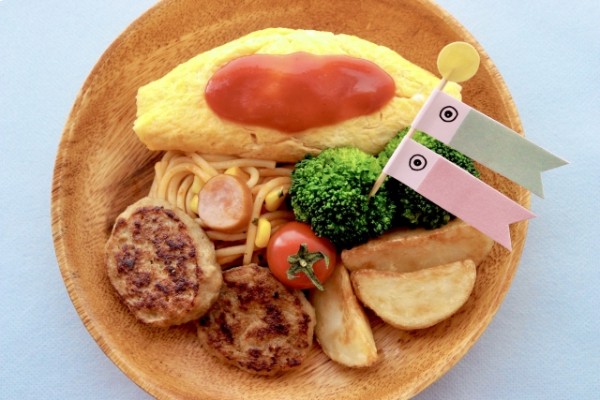
The Heart of Showa Culture: Kissaten Coffee Houses
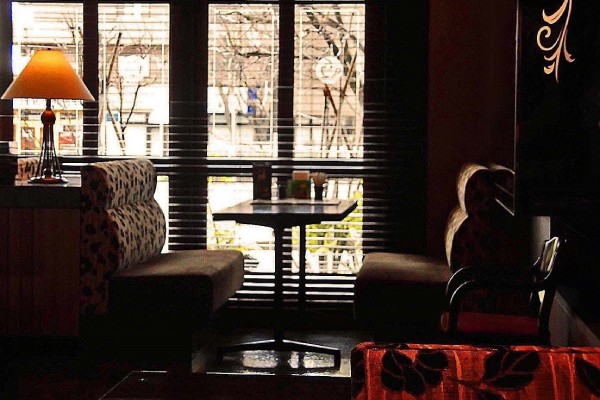
Kissaten (喫茶店) are traditional Japanese coffee houses that flourished during the Showa era. These establishments are more than just places to eat—they're cultural institutions that preserve Japan's post-war social atmosphere. With their dim lighting, wooden interiors, and jazz music playing softly in the background, kissaten offer a refuge from modern life's hustle and bustle.
What makes kissaten special is their commitment to personal service and attention to detail. Each cup of coffee is carefully brewed by hand, often using siphon brewing methods that create a theatrical experience. The food, while simple, is prepared with pride and served with genuine hospitality.
For foreign visitors, kissaten provide an authentic glimpse into Japanese daily life, where locals gather to read newspapers, meet friends, and enjoy unhurried conversations over perfectly brewed coffee and hearty meals.
Kissaten Etiquette for Visitors:
Take your time - kissaten are for relaxing, not rushing
No tipping required - excellent service is standard
Photography is generally okay, but ask permission first
Many accept cash only, so come prepared
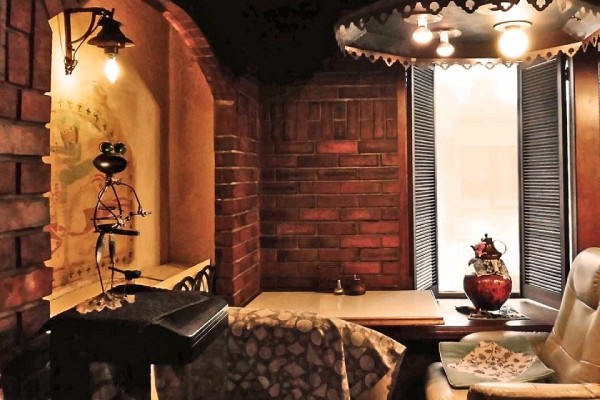

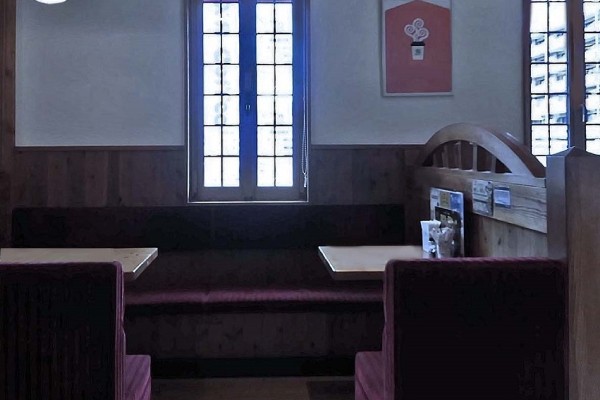
The retro experience doesn't end with the main course.
Cream Soda (クリームソーダ):
A photogenic classic. This isn't just soda with cream. It's a vibrant, melon-flavored green soda topped with a scoop of vanilla ice cream and often a maraschino cherry. It’s as fun to look at as it is to drink.
Old-Fashioned Hotcakes (ホットケーキ):
Forget light and airy pancakes. Showa-style hotcakes are thick, dense, and often cooked to a uniform golden-brown. They are typically served stacked with a pat of butter and a side of maple syrup.
Machi Chūka (町中華):
Literally "neighborhood Chinese," these are local, Japanese-style Chinese restaurants that feel frozen in time. While Chinese in origin, dishes like gyoza (dumplings), chahan (fried rice), and ramen have evolved into their own beloved, down-to-earth Japanese forms that perfectly fit the Showa retro spirit.
< Beyond the Food> The Kissaten Experience: Nostalgic Entertainment in Kissaten
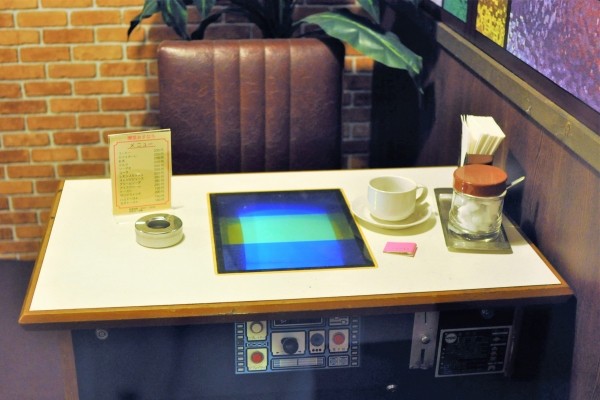
Much of this food is best enjoyed in a kissaten, Japan’s traditional coffee shops. These are not modern, minimalist cafés. A true kissaten is a portal to the past. Think dark wood paneling, velvet-covered chairs, and soft jazz music. But look closer for some unique Showa-era artifacts:
Tabletop Arcade Games (テーブルゲーム機):
In some of the most authentic spots, your table might double as an arcade machine! For a 100-yen coin, you can play classic games like Space Invaders or Donkey Kong right under your coffee cup. Many traditional kissaten feature vintage table-top arcade games and pinball machines from the Showa era. These mechanical marvels provided entertainment while customers waited for their food or simply wanted to pass time with friends.
From simple skill games to miniature pachinko machines, these devices represent the analog entertainment culture that predated smartphones and digital games.
Omikuji Fortune Tellers (おみくじ占い器):
The iconic roulette-style omikuji machines were a fixture in Showa-era kissaten. Look for a small, retro-looking box on the table or counter. Put in a coin, turn the lever, and a tiny, rolled-up paper fortune (omikuji) will pop out, offering you advice on everything from love to health. It’s a charming and fun piece of Showa history.
These machines were so popular that at their peak, a single machine could generate ¥80,000 per month! Today, they're manufactured by only one company in Iwate Prefecture, making them increasingly rare treasures.
Where to Experience Showa Retro Gourmet
Tokyo
Famous areas include Ginza, Shibuya, and Kichijoji for authentic kissaten experiences with classic Showa atmosphere.
Osaka
Explore traditional kissaten in Namba and Sumiyoshi, known for their hearty portions and friendly atmosphere.
Regional Towns
Smaller cities often have the most authentic kissaten, preserved exactly as they were during the Showa era.
Showa retro gourmet isn't just about food—it's about experiencing Japan's heart and soul through dishes that have brought comfort to generations. These humble, unpretentious meals represent the authentic spirit of Japanese hospitality and the simple joy of sharing good food with others.
When you visit Japan, don't just chase the latest culinary trends. Step into a kissaten, order a steaming plate of Napolitan or a towering stack of hotcakes, and let yourself be transported to an era when food was made with heart, not haste. This is where you'll truly taste the essence of Japan.
update